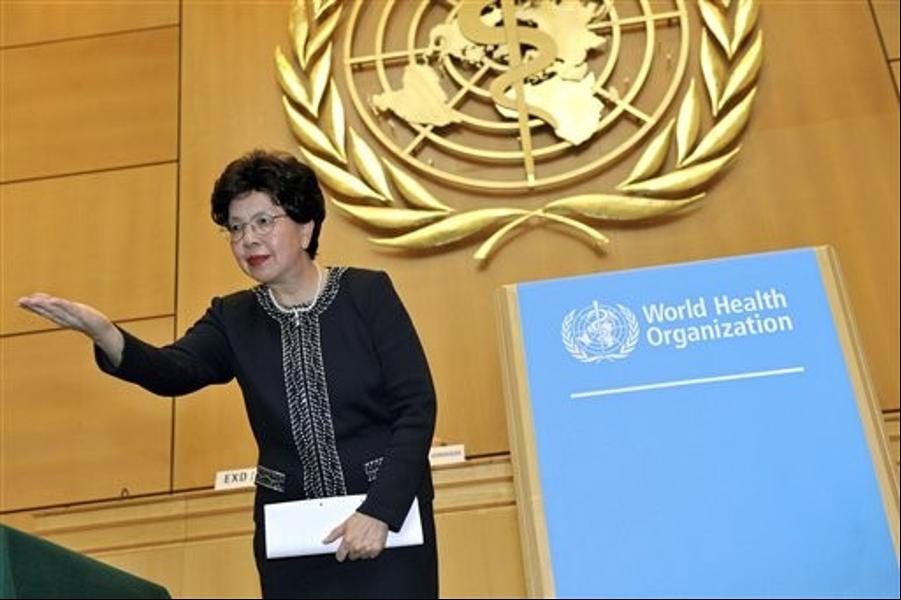The role of women in politics is something that has been disputed for many years and in the region of Asia-Pacific we have seen throughout the years some examples of the power that women have in politics. The first female ever to be head of government in the world was Sirinavo Barandike, president of Sri Lanka in 1960. Other women such as Corazon Aquino, mother of the current president of Philippines, and Prathiba Patil, were a fresh air for their countries, as being the first female president.
Nowadays we don’t see many women taking important roles in Asian policy, at the moment only one is head of an Asian state, Park Geun-hye of South Korea. Other countries, as Japan, are trying to improve and the current president wants to have 30% of women in the government by 2020. We can see protests similar to the Suffrage movement due to the lack of female representation in Asian governments.
On the other hand, since 1894 in New Zealand and 1919 in Australia, women have played an active role within their political systems. In New Zealand the movement started with Elizabeth Yates, Mayor of Onehunga a province of Auckland. She became the first female mayor of the British Empire. Respectively in Australia it started in 1919 with Grace Benny, however in 1921 Australia made a huge statement when Edith Cowen was elected as a member of parliament. Australia and New Zealand have since then paved the way for women in Asia to stand for parliamentary positions with key figures such as Julia Gillard, first female leader of the Australian labour party and the first female Prime Minister of Australia (2010 – 2013). Now in Australia we have seen Julia Bishop become the Minister of Foreign Affairs and a leading member of the Australian liberal party.
Although New Zealand has not been as active as Australia, Margaret Wilson, former Speaker of the New Zealand House of Representatives, is one of their key representatives of women in politics as well as a key figure for the New Zealand Labour Party.
We can see that the majority of female representation in Oceania comes for the left to central wings, showing a trend of the modernisation of the liberal politics, yet that the right is still somewhat male dominated. However the change that has taken place in these countries is a prime example of how Asia can change and educate women to become key members of parliament, changing their perspective.
Asia is perceived as a male dominated and chauvinistic continent where women are under represented. A region where we would never imagine women would have such important roles, both on a regional and an international level, since they have always been oppressed and their voice was never strong enough to make a change. Nowadays, women are “climbing the ranks”, making their way to the top. We find women not only in all sorts of high professional positions, such as diplomats, but also in the most influential humanitarian organizations in the world and in politics as we can see in South Korea or the Philippines. Now women will not be ignored, they now have a strong voice and due to the power many of them have they can finally make a difference and be “more influential than ever”.






